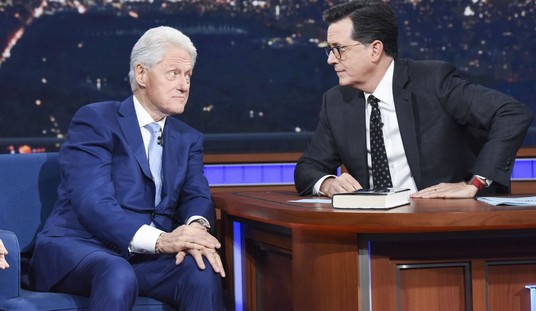Voter registration has been a significant priority for the Trump campaign this cycle. They have also knocked on over 20 million doors to make their case in person. As most campaign veterans will tell you, that face-to-face contact matters.
This is especially true in our current media environment. Studies show that 90% of the coverage the president receives is negative. Even when he tries to get his message out on social media, the platforms censor him and his campaign. Because of the barriers, the Trump campaign began focusing on a traditional ground game very early. It looks like it all may be coming together.
Gallup has looked at political party affiliation since 2004 and noted something interesting. During the week of Nov. 1-6, 2016, party affiliation among Americans broke out as follows:
- Republican – 27%
- Independent – 36%
- Democrat – 32%
That is a five-point advantage for Democrats in a year where the Republican won. In 2012 heading into Election Day, the split was a four-point lead for Democrats.
In 2020, it looks a little bit different:
- Republican – 28%
- Independent – 42%
- Democrat – 27%
Democrats have lost five points in a short period of time. They enjoyed a seven-point advantage over Republicans in June of this year. At the beginning of September, Democrats were still up five points. Now, most of that lead has moved to Independents with a point shifting to Republicans.
National polls have shown Joe Biden’s lead is only growing nationwide. A CNN poll showed him leading by 16 points on October 6. In light of Gallup’s finding, this means Biden would be pulling a surprising percentage of Independents while losing people who identify as Democrats.
In a recent interview on the National Review podcast, “The Editors,” one of the few pollsters who correctly called key swing states in 2016 explained why these findings might diverge. Robert Cahaly of Trafalgar predicts a Trump win. His firm does some things fundamentally different than other pollsters.
One is how the firm deals with social desirability bias. This happens when a respondent gives an answer designed to make the person asking the question less judgmental of the person who answers it. This is sometimes referred to as the Bradley effect:
Cahaly notes that this phenomenon showed up as long ago as the 1980s, in the so-called Bradley effect, when the African-American mayor of Los Angeles, Tom Bradley, underperformed his polling in a gubernatorial race. It has been a hallmark of the Trump era and is one reason other pollsters missed the impending victory of Ron DeSantis over Andrew Gillum in the 2018 Florida gubernatorial race.
To avoid social desirability bias, they do not rely on live calls. Trafalgar uses automated calls, texts, emails, and other proprietary digital methods that remove the live interaction. Cahaly says this allows people to be anonymous and give honest feedback.
The firm also works harder to get fair representation. Conservatives have a five-to-one refusal rate in a normal year, and the firm would rather get authentic responses from these voters than weighting the results. They also keep polls brief to encourage voters who are not deeply political and who are too busy to answer the questions. He notes that many polls are 25 questions or more and engage only those who are politically active.
Trafalgar also uses larger sample sizes and works to identify low-frequency voters. Cahaly believes the more accurate the sample, the more reliable the results. And his organization is not seeing the same results in swing states as other pollsters are. Because presidential elections are won based on state electoral votes, national polls are not interesting to them.
Based on Trafalgar’s work, Cahaly predicts Trump will win North Carolina, Florida, Arizona, and Michigan. He discounts Georgia and Texas as swing states saying they will go for the president due to the Republican base’s size.
He does not believe Trump is there in Pennsylvania yet, but it is also not out of reach:
“Right now, we’ve got him down in Pennsylvania,” he says, “I think if it were held today, the undecided would break toward Trump and there’d be some hidden vote. He’d probably win Pennsylvania. But I’m going to give a caveat on only Pennsylvania. I believe Pennsylvania to be the No. 1 state that Trump could win and have stolen due to voter fraud.”
Given the fact that SCOTUS just upheld an extra three days of mail-in voting in the state, Cahaly may be on to something. In any case, Trafalgar’s deliberate approach to collecting data at the state level seems more reliable than wide-ranging national polls. So, stay focused and bring at least one other person with you when you vote. This race is far from over.
Editor’s Note: Want to support PJ Media so we can continue telling the truth about the 2020 election? Join PJ Media VIP TODAY and use the promo code LAWANDORDER to get 25% off your VIP membership.










Join the conversation as a VIP Member